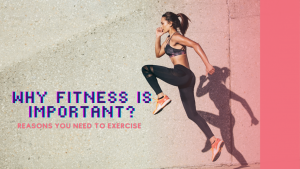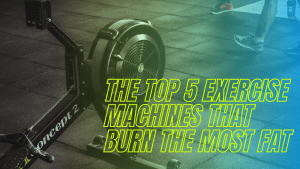How to Take Body Measurements for Fitness: The Ultimate Guide
Tracking your progress is vital when you’re trying to get in shape. That’s why it’s essential to know how to take body measurements for fitness. By taking regular sizes, you’ll be able to see the results of your hard work and stay motivated! This guide will teach you how to measure your chest, waist, hips, thighs, and arms. Let’s get started!
What body measurements should you take?
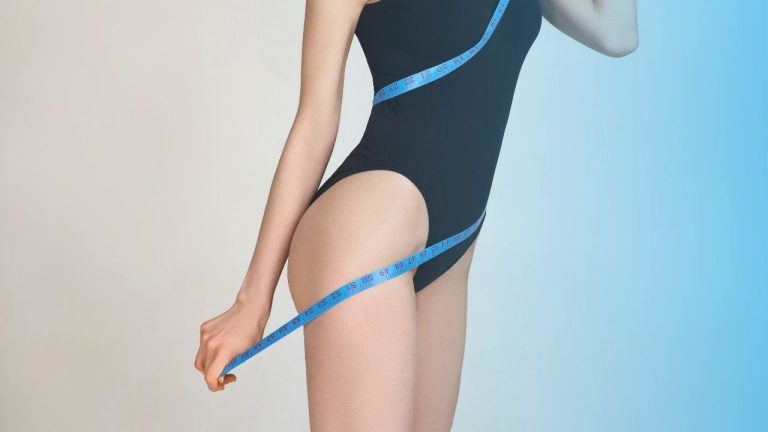
It would help if you took a few key body measurements to track your fitness progress. These include your weight, body fat percentage, and waist circumference.
Weight is a good indicator of overall health and fitness, but it doesn’t give you the whole picture. That’s why it’s essential also to measure your body fat percentage and waist circumference.
Body fat percentage measures how much fat you have in your body. Waist circumference measures how much fat you have around your waist.
These measures are essential because they can give you an idea of whether or not you’re at a healthy weight.
If you’re trying to lose weight, you should aim to lose fat, not muscle. Muscle is much more dense than fat, so it weighs more.
If you lose a lot of muscle, your weight might not change much even though you’ve lost a lot of mass.
There are a few different ways to measure your body fat percentage. The most accurate way is to use skinfold calipers. It involves pinching different areas of your skin and then using a formula to calculate your body fat percentage. Another option is to use bioelectrical impedance analysis, which uses a machine to send a small electrical current through your body. The resistance of the current is used to estimate your body fat percentage.
Waist circumference can be measured using a tape measure. To do this, wrap the tape measure around your waist at your natural waistline, located just above your belly button. Make sure the tape measure is level and snug but not too tight. Then, read the measurement on the tape measure.
How to take your body measurements
To accurately represent your progress, you need to take measurements in the same places each time. For most people, this will be:
- Chest
- Waist
- Hips
- Thigh
- Upper arm
You will also need to know your
- Resting heart rate – Place your index and middle fingers on your neck. You should feel your pulse. Count the number of beats in 60 seconds.
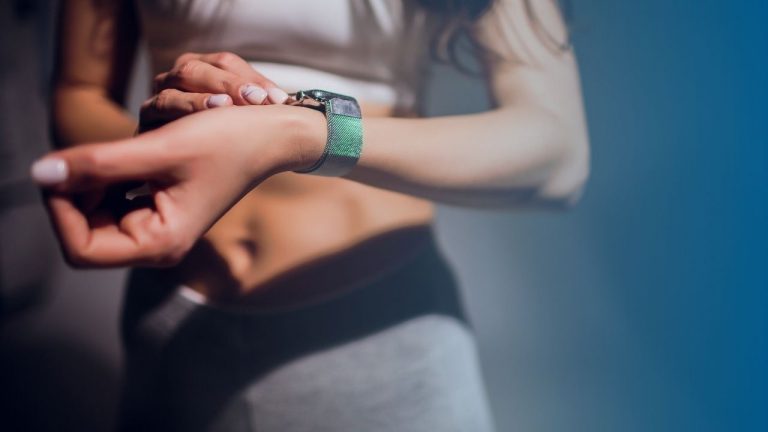
- Body fat percentage – Use bioelectrical impedance analysis, which uses a machine to send a small electrical current through your body
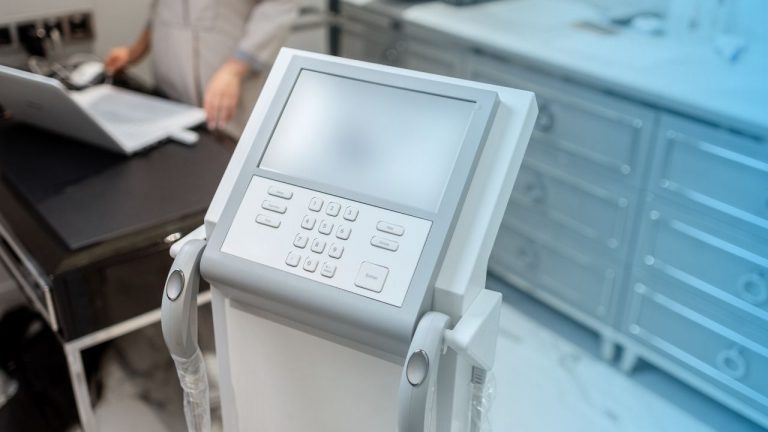
To take your measurements, you will need:
- A tape measure
- A friend (optional)
- Some comfortable clothing
Here is a step-by-step guide on how to take each measurement:
Chest:
- Wrap the tape measure around your chest, just below your armpits
- Breath in and relax, then take the measurement
- Make sure the tape measure is level all the way around
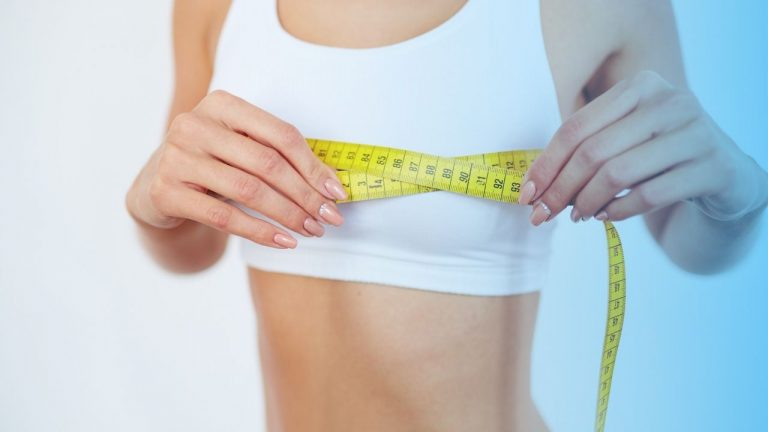
Waist:
- Wrap the tape measure around your waist, just above your
- Belly button
- Breath in and relax, then take the measurement
- Make sure the tape measure is level all the way around
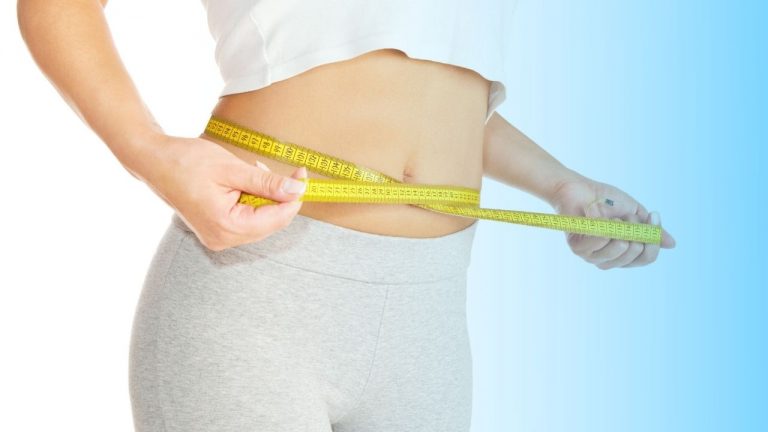
Hips:
- Wrap the tape measure around your hips, at the widest part
- Breath in and relax, then take the measurement
- Make sure the tape measure is level all the way around
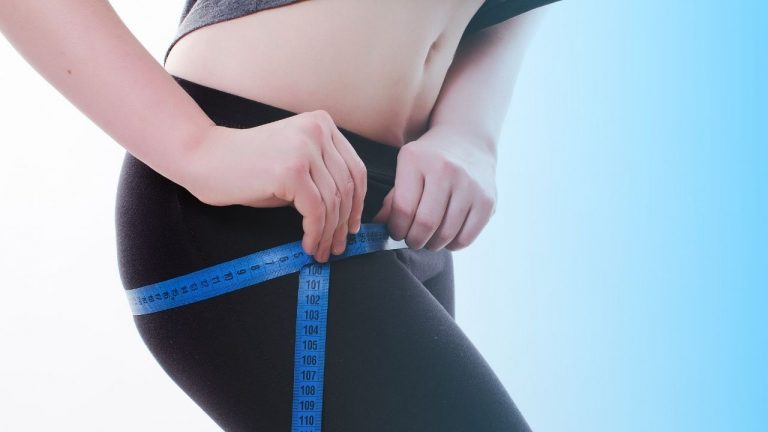
Thigh:
- Measure the circumference of your thigh
- Do this by wrapping the tape measure around your thigh, midway between your hip and knee
- Breath in and relax, then take the measurement
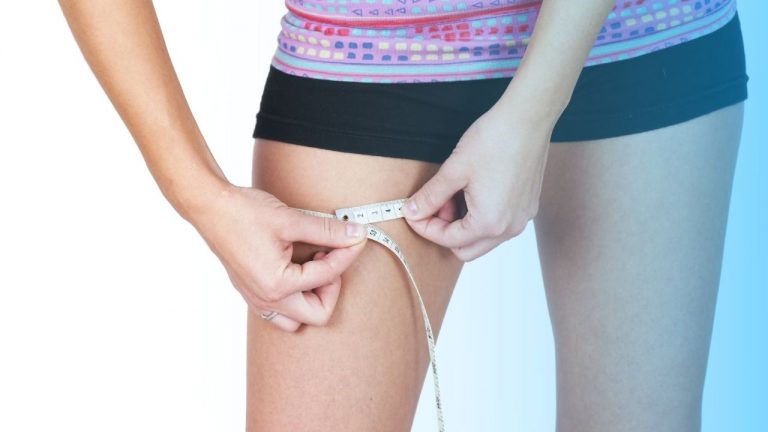
Upper arm:
- Measure the circumference of your upper arm
- Do this by wrapping the tape measure around the fullest part of your upper arm
- Breath in and relax, then take the measurement
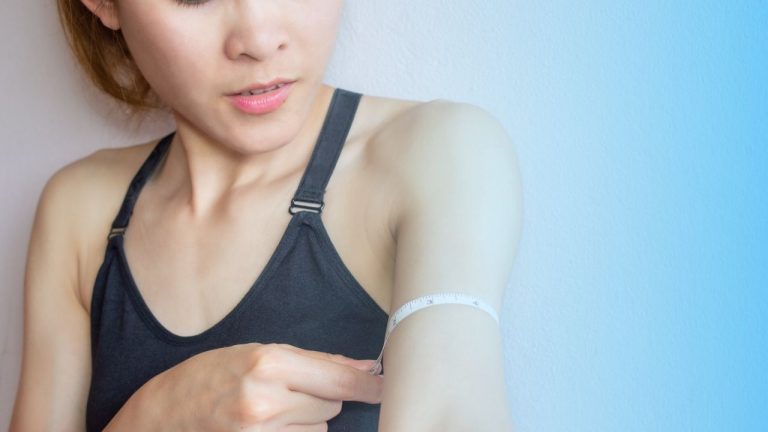
What to do with your body measurements
Now that you know how to take your body measurements, what do you do with them?
The most important thing is to track your progress over time. It can be done by taking measurements once a month or even once every couple of months. Keep track of all your measurements in a notebook or on a spreadsheet. This way, you can see how your body is changing over time.
In addition to tracking your progress, it’s also essential to use your measurements to set realistic fitness goals.
For example, if you want to lose weight, you can use your body measurements to calculate how much weight you need to lose. Or, if you’re going to build muscle, you can use your measurements to see how much muscle you need to gain.
Don’t forget to use your body measurements to motivate yourself. Seeing the numbers go down (or up) can be a great way to stay motivated during your fitness journey.
Tips for tracking your progress over time
If you want to track your progress accurately, it’s essential to take measurements at the same time of day and in the same place on your body.
To get the most accurate measurements, we recommend:
- Measuring first thing in the morning
- Wearing little to no clothing
- Using a flexible measuring tape
- Keeping the tape measure level with your skin
- Relaxing your muscles
By following these tips, you can be sure that you’re getting an accurate picture of your progress.
Sample workout routine for people who are just starting out
Don’t get overwhelmed by thinking you need to work out for hours every day if you’re starting your fitness journey. Start slow and gradually increase the amount of time you spend working out. A good beginner routine might look something like this:
- Monday: 30 minutes of moderate-intensity cardio
- Tuesday: Full body strength training
- Wednesday: 30 minutes of moderate-intensity cardio
- Thursday: Rest
- Friday: Full body strength training
- Saturday: 30 minutes of moderate-intensity cardio
- Sunday: Rest
Remember, the most important thing is to get started and be consistent. If you stick with it, you’ll see results in no time!

